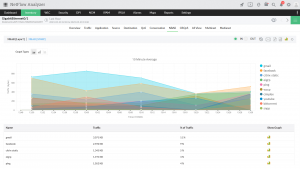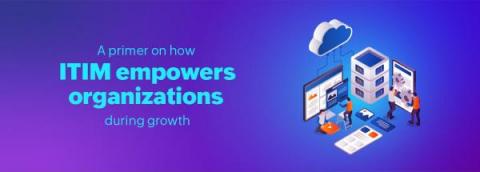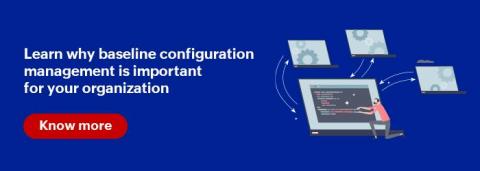CloudDNS' geo-load balancing and redundancy ensure high availability and reliability
Cloud computing makes it easier for businesses to build and deploy applications that are accessible from anyplace in the world. But cloud computing also introduces new challenges, such as ensuring applications remain available even if there are network outages or unexpected spikes in traffic. ManageEngine CloudDNS provides a powerful geo-load balancing and redundancy feature that makes it easy to manage and distribute traffic across multiple servers and locations.











